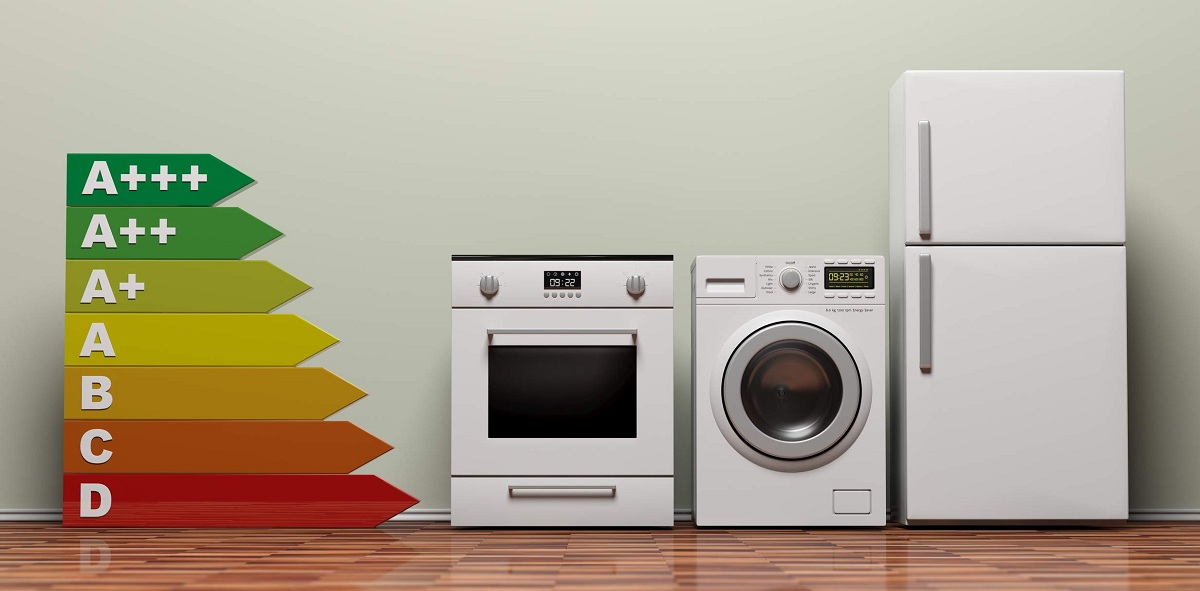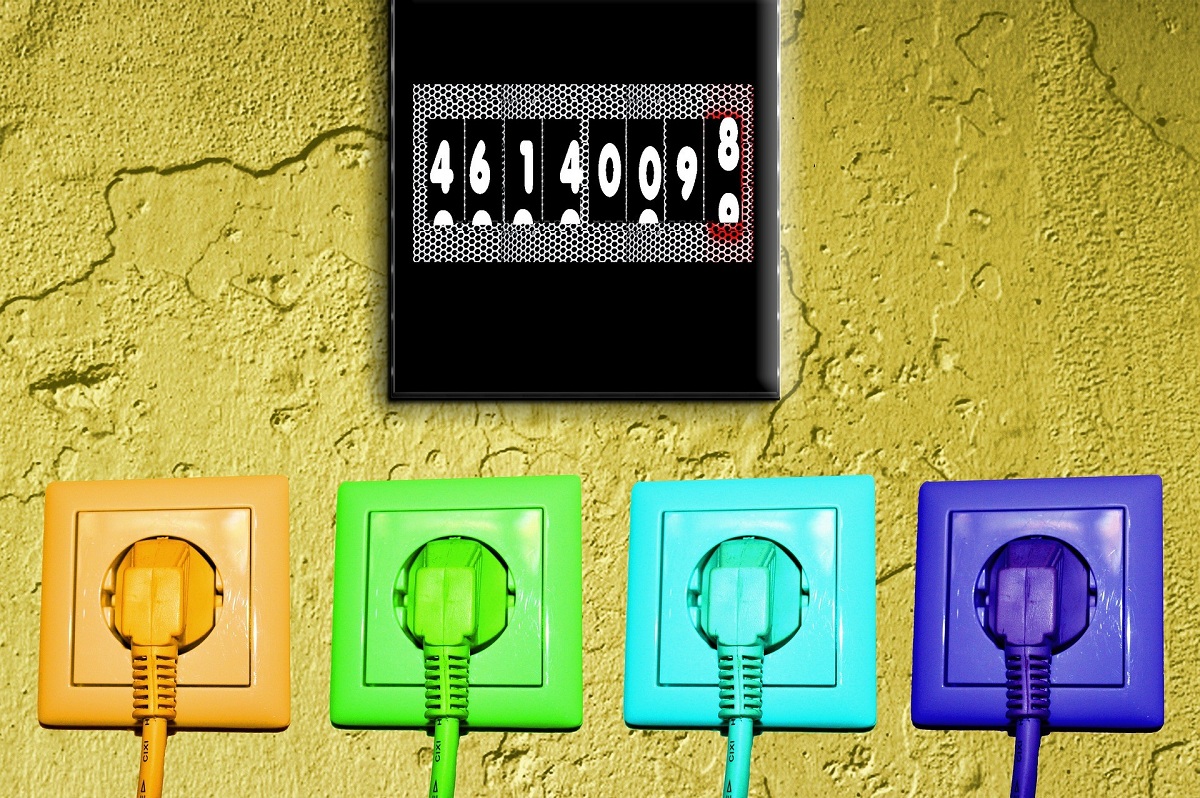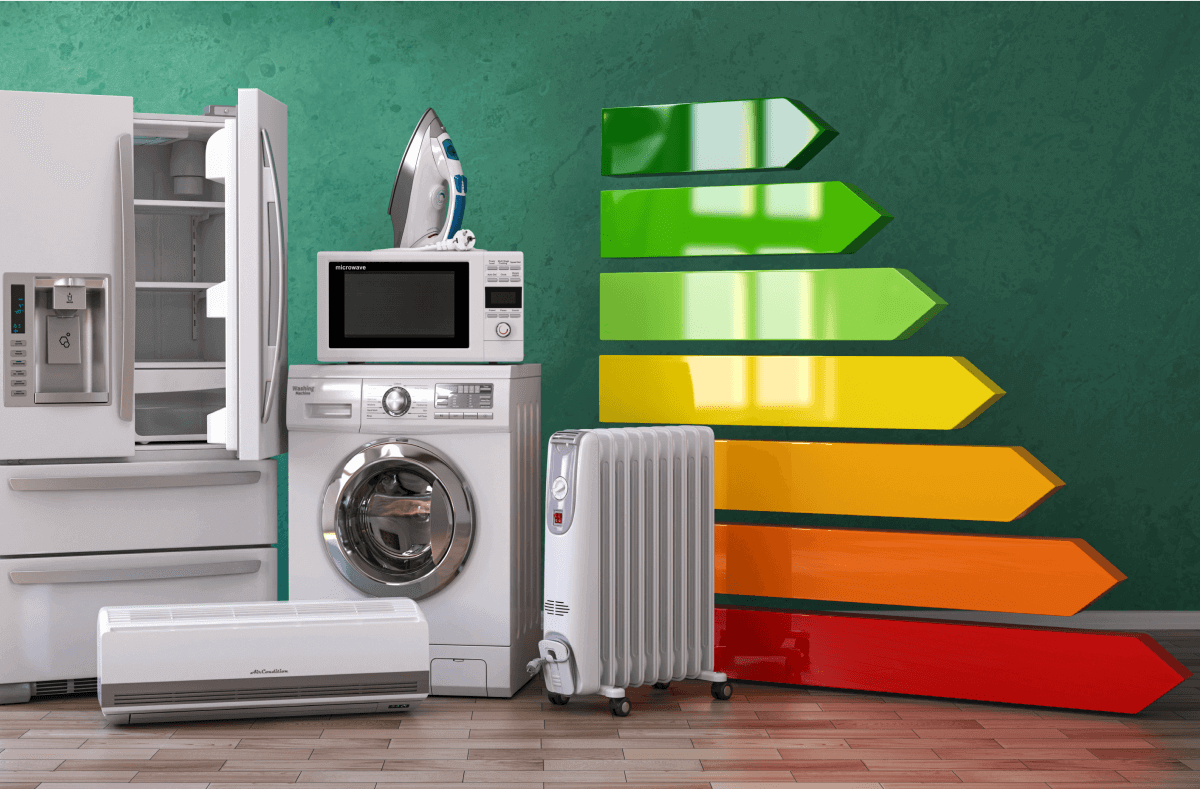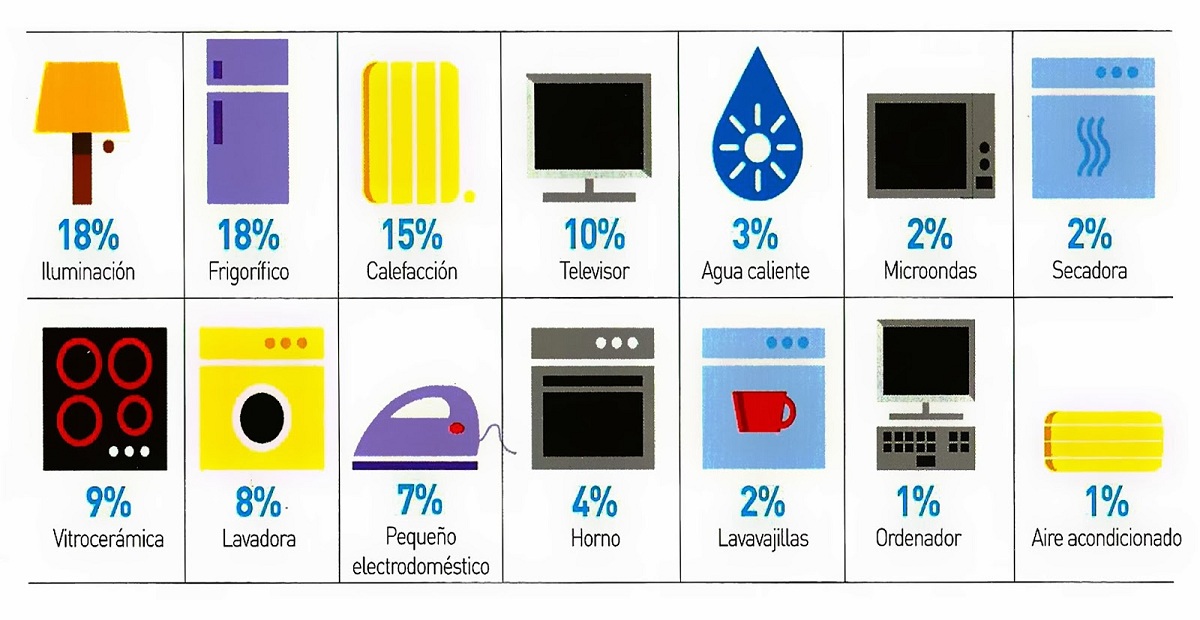
We know that electricity consumption in Spain is becoming more expensive. Therefore, it is vitally important to reduce energy costs as much as possible. For this there are energy efficient appliances. They are usually appliances that are technologically sophisticated to make lower energy consumption and optimize their function. They are of great importance if we want to save both on the electricity bill and reduce pollution to the environment.
For this reason, we are going to dedicate this article to telling you everything you need to know about low consumption appliances, how they work and what their advantages are.
energy efficient appliances

Low consumption appliances are those that consume the least amount of energy possible for specific tasks. Another way that is also sometimes used to refer to them is that of high-efficiency appliances, since energy efficiency is nothing more than higher performance and lower energy consumption.
It is a label that must be included in all electrical appliances, specifying the amount of energy and resources that the appliance needs to work or consume to perform its service. This energy label allows us to know how much the appliances cost and therefore if they are low consumption.
energy labels they are our best ally to identify low consumption appliances. This is the notice that appears on the vast majority of household appliances, or at least on those that require the most energy:
- refrigerators and freezers
- Washers
- dryers
- washer-dryers
- dishwasher
- domestic lamps
- electric oven
- air conditioner
Energy labels

An energy label is a document that contains different information related to the equipment in question. As we can see in the image, the energy efficiency of household appliances is measured on different scales marked with different colors. The most recommended appliances, which we can call low consumption appliances, are those with a green logo, corresponding to the classifications A+++, A++ or A+.
Then there are those appliances that do not consume a lot of energy, but cannot be considered low consumption appliances. They are usually quite old devices or from lesser-known manufacturers. They are cataloged with the letters A and B.
Finally, we can mention those high consumption appliances. In this case, they are classified with the letters C and D and correspond to the red color of the energy label. In addition to this catalog of electrical appliances, the energy labels provide another type of additional information. For example, the images we have seen include the noise produced by the device or its storage capacity.
Importance of saving energy

Buying low consumption appliances is, of course, the first step to save energy, so the amount of your electricity bill is not small. But to really do that, you also need to use them correctly and pay attention to basic energy-saving tips. These are some of the IDAE recommendations in this regard:
- Don't buy larger or more powerful appliances than we need.
- Check the manufacturer's instructions on how to maintain and clean your equipment to prolong its life and save more energy.
- The air conditioning must be programmed at 26ºC (not lower) in summer.
- Completely turn off devices with window information or digital monitor (TV, audio equipment, etc.) when we are not using them.
- Install energy-saving lamps or fluorescent tubes in areas of your home where lights are on for more than an hour a day.
- Do not overload or underload electrical appliances. Each is ready to work under a certain load, which is specified on the label and in the manufacturer's instructions. For example, a heavily loaded washing machine will not be able to wash clothes efficiently. On the contrary, if we start it with a very low load, we may end up spending more water and energy because sooner or later we will have to restart it.
When it comes to buying energy efficient appliances, it pays to know which ones consume the most energy. As a whole, the average home in Spain consumes around 4.000 kWh (kilowatt hours) per year, of which almost 62% corresponds to household appliances.
According to estimates by the Institute for the Diversification and Conservation of Energy (IDAE), the classifications are as follows:
- Refrigerator: Leading the group with almost 19% of total consumption.
- Television: 7,5%
- Washing machines: 7,3%
- Furnace: 5,1%
- Computer: 4,6%
Advantages of low consumption appliances
These are the different advantages of low consumption appliances:
- Economic savings: they are more expensive (on average they can be between 100 and 200 euros, depending on the device), but in the long run they usually compensate for the savings they represent on the bill.
- Durability: The lower consumption adds to its higher operating efficiency, which means its longevity in the home. other amortization factors.
- Best results: Whether washing or freezing, it has been shown that the results are more satisfactory with this type of equipment.
- Ecology: Obviously, lower power consumption is good for the environment.
The new efficient LED bulbs are the electrical equipment that consumes the least in the home. Said consumption is between 4W and 5W per hour. If we have an old incandescent bulb, it can reach 25W per hour. That is to say, 400-500% more. Incandescent and halogen bulbs are no longer sold in the EU. In addition, it is important to replace the low consumption light bulbs that we have left to save. Of course, while light bulbs are the least electricity-consuming appliances in the home, we don't just have one.
In addition to that, even if it consumes very little, there is a possibility that we will use the light for a longer time than other devices. Certain regions, at certain times of the year, like winter, they may require longer lights. So we don't just have to think about personal expenses. We have to see the general lighting of the house, the time we need it, and get used to turning off the lights when we leave the room.
As you can see, low-consumption appliances are of great importance if we want to reduce energy consumption at home. I hope that with this information you can learn more about low consumption appliances, their characteristics and the importance they have.